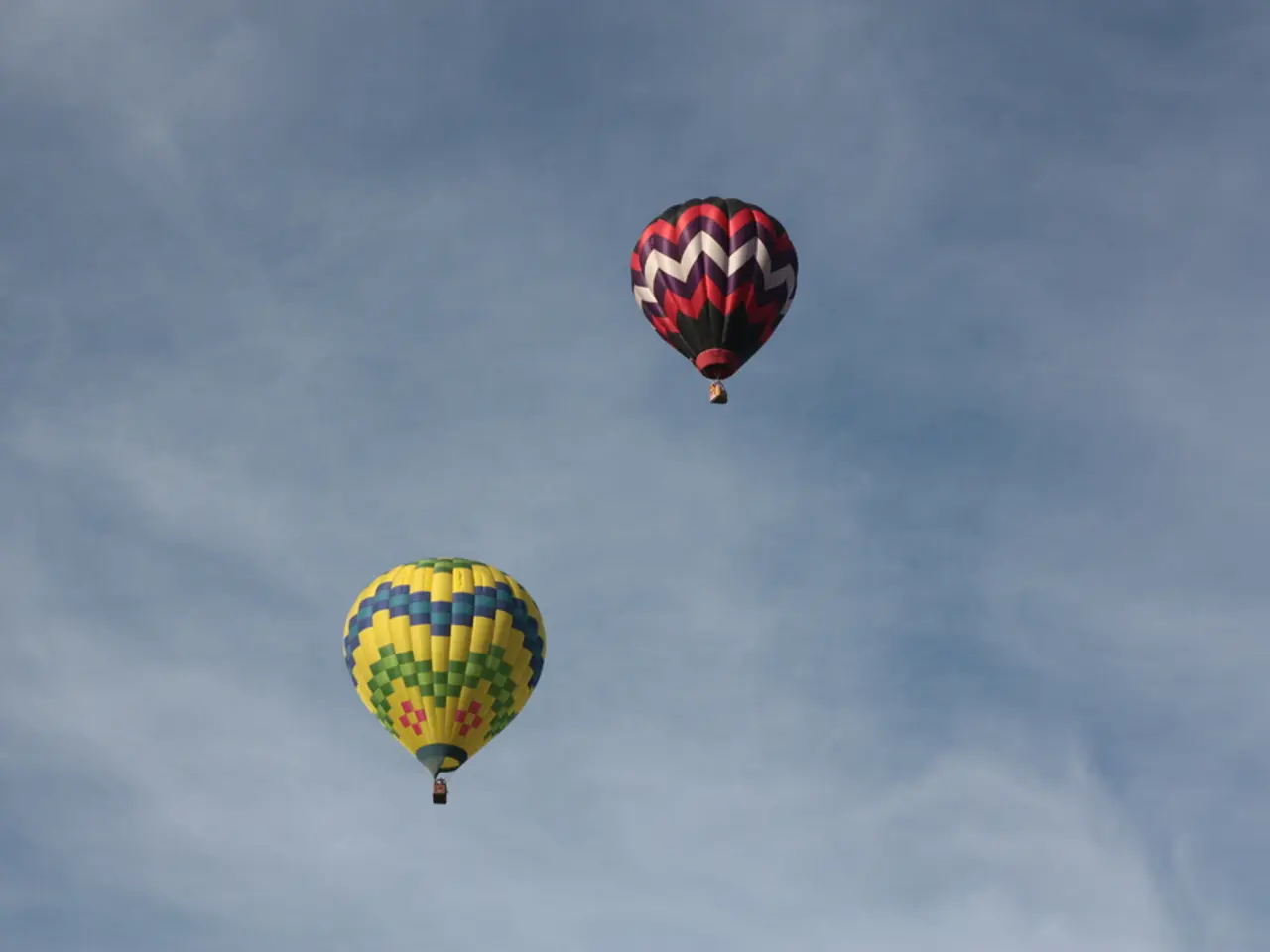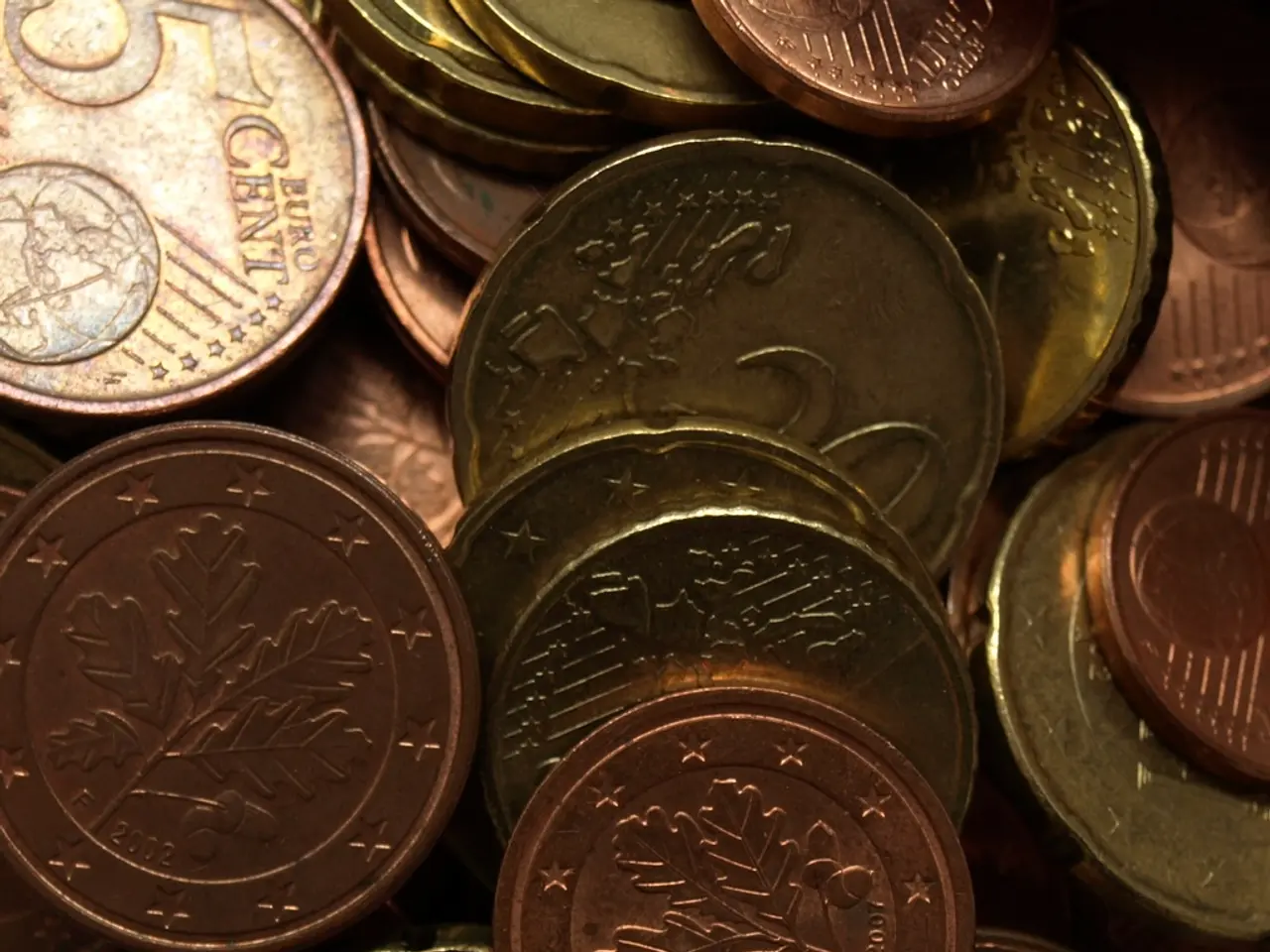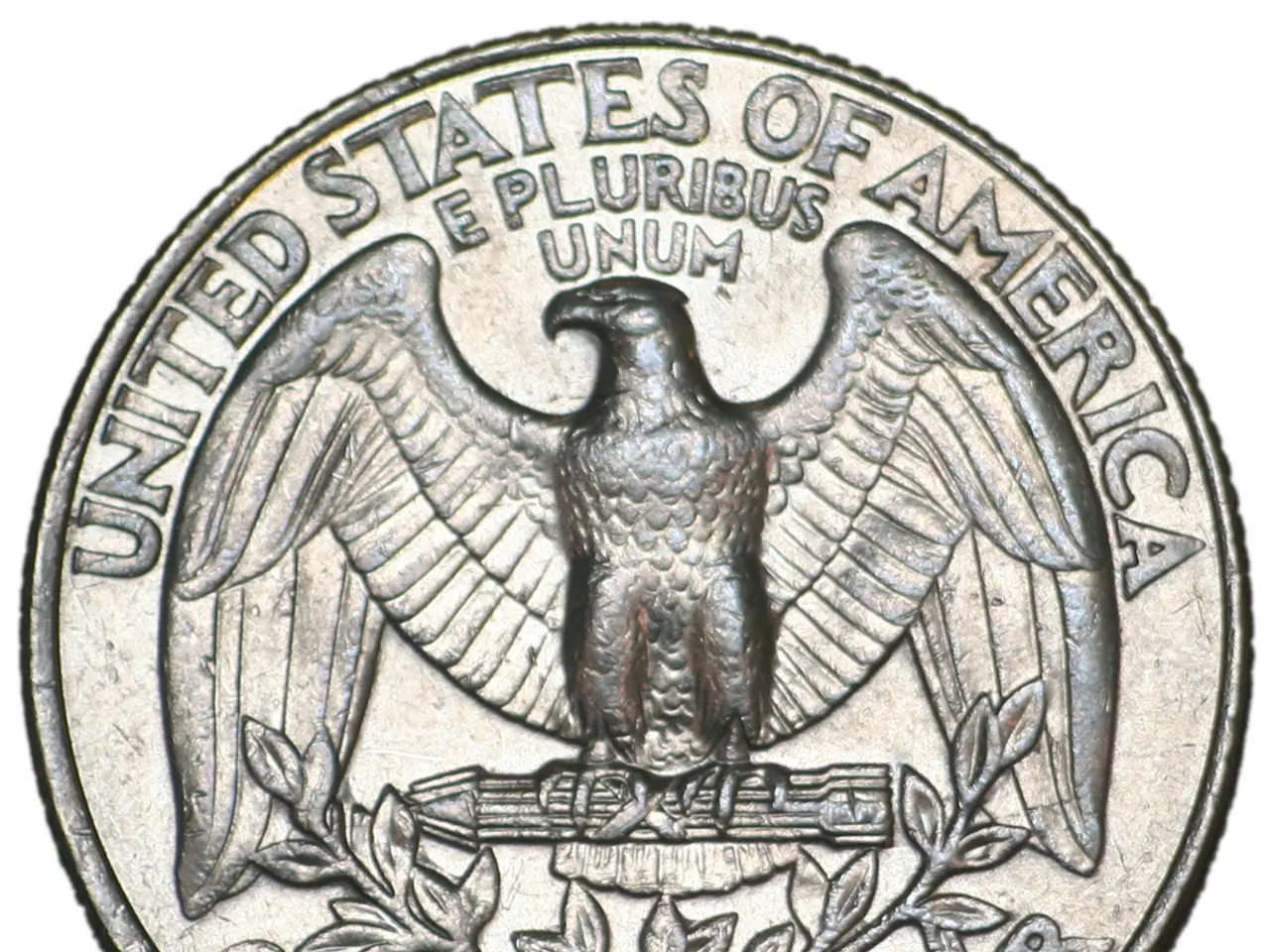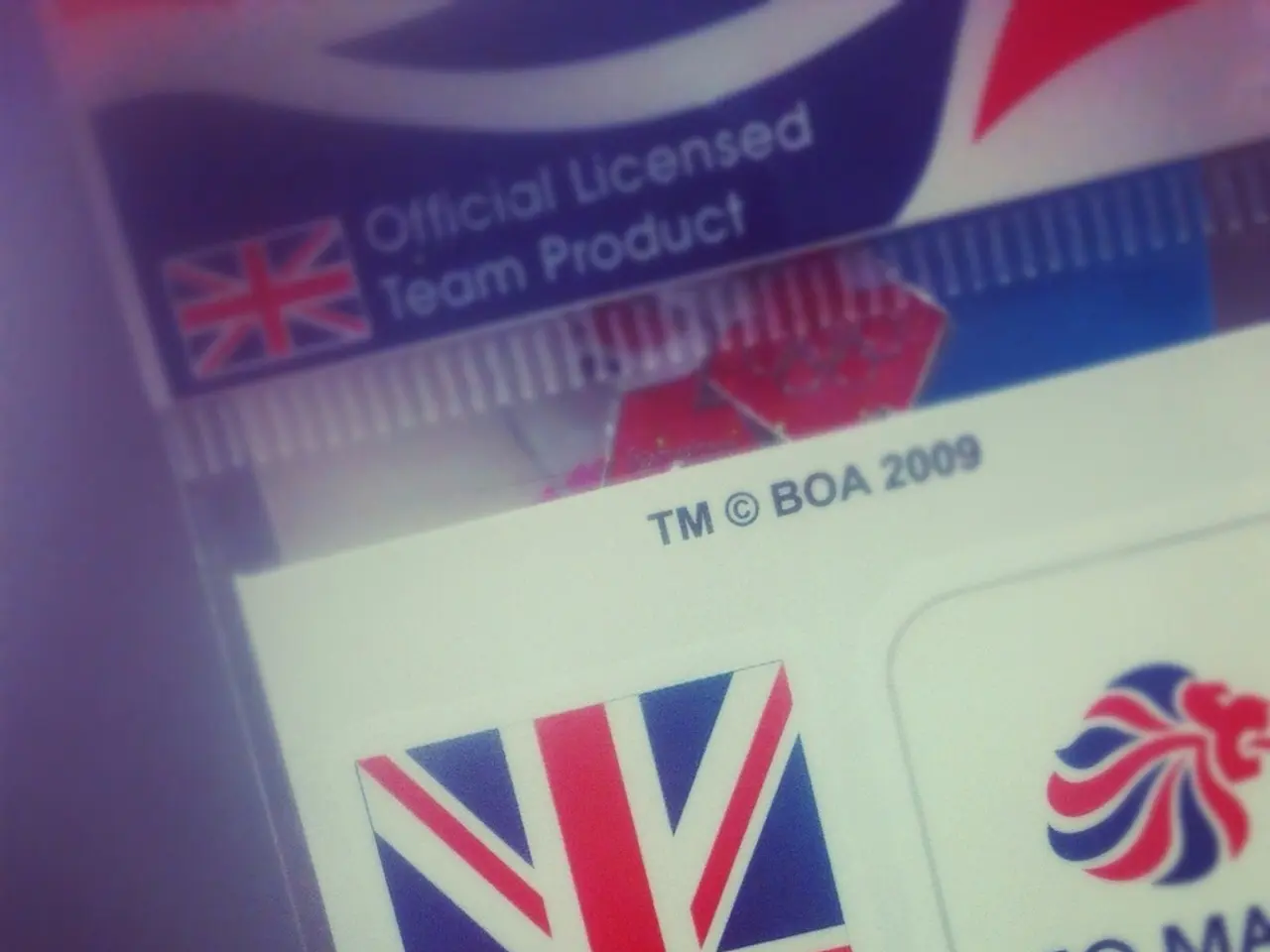Pioneering Flight: Montgolfier Brothers and the Dawn of Aeronautics
In the picturesque town of Annonay, France, two brothers were born with a passion for innovation that would change the course of history. Joseph-Michel Montgolfier, born on August 26, 1740, and his younger brother Jacques-Etienne, born on January 6, 1745, were the sons of Pierre Montgolfier and Anne Duret. Their family was in the business of manufacturing paper, but their true calling was yet to be revealed.
The Montgolfier brothers made their mark in the early history of aviation, with their groundbreaking work on hot air balloons. Their father, Pierre, originally intended his eldest son, Raymond, to be his successor, but he died in 1772 at the age of 42. This left an opportunity for Joseph-Michel to take the reins.
In 1782, Joseph-Michel planned the first balloon experiment. He built a small balloon made of light wood and cloth, and it successfully lifted off when a fire was lit underneath. This marked the beginning of their journey into the skies.
The brothers' initial experiments involved unmanned flights using small paper or fabric balloons heated by fire beneath. On June 4, 1783, they made the first public demonstration of a hot air balloon at the marketplace in Annonay. The balloon rose approximately 3,000 feet (1,000 meters), remained airborne for about 10 minutes, and then landed more than a mile and a half away.
On September 19, 1783, at Versailles, they launched a larger balloon carrying the first passengers - a sheep, a rooster, and a duck. This flight lasted about 8 minutes and landed safely 2 miles (3.2 km) from the launch site.
The progression continued, culminating in the first manned free flight. On November 21, 1783, the first manned untethered flight took place with human passengers Pilatre de Rozier and François Laurent, marquis d’Arlandes. They flew over Paris about 5.5 miles (9 kilometers) in 25 minutes, marking a pioneering achievement in human aviation.
However, the villagers, fearing a monster, destroyed the balloon with stones and pitchforks after it landed. Despite this setback, the Montgolfier brothers' work laid the foundation for future advancements in aviation.
In recognition of their achievements, King Louis XVI of France elevated their father, Pierre Montgolfier, to the nobility and the hereditary appellation of de Montgolfier in December 1783.
The Montgolfier brothers' story is a testament to human curiosity and ingenuity. Their pioneering work in hot air balloons paved the way for the development of modern aviation, inspiring generations to dream and innovate.
References: 1. "The Montgolfier Brothers." Encyclopædia Britannica, Encyclopædia Britannica, Inc., 16 Mar. 2018, www.britannica.com/biography/Montgolfier-brothers. 2. "Montgolfier Brothers." History.com Editors, A&E Television Networks, 2010, www.history.com/topics/exploration/montgolfier-brothers. 3. "The Montgolfier Brothers." Smithsonian National Air and Space Museum, Smithsonian Institution, airandspace.si.edu/exhibitions/montgolfier/. 4. "The Montgolfier Brothers." BBC, BBC, 28 Nov. 2013, www.bbc.co.uk/history/historic_figures/montgolfier_brothers.shtml.
The Montgolfier brothers, with their pioneering work on hot air balloons, made significant contributions to aviation history, bridging the gap between science and space-and-astronomy. Their groundbreaking experiments led to the development of technology that influenced future advancements in flight.




